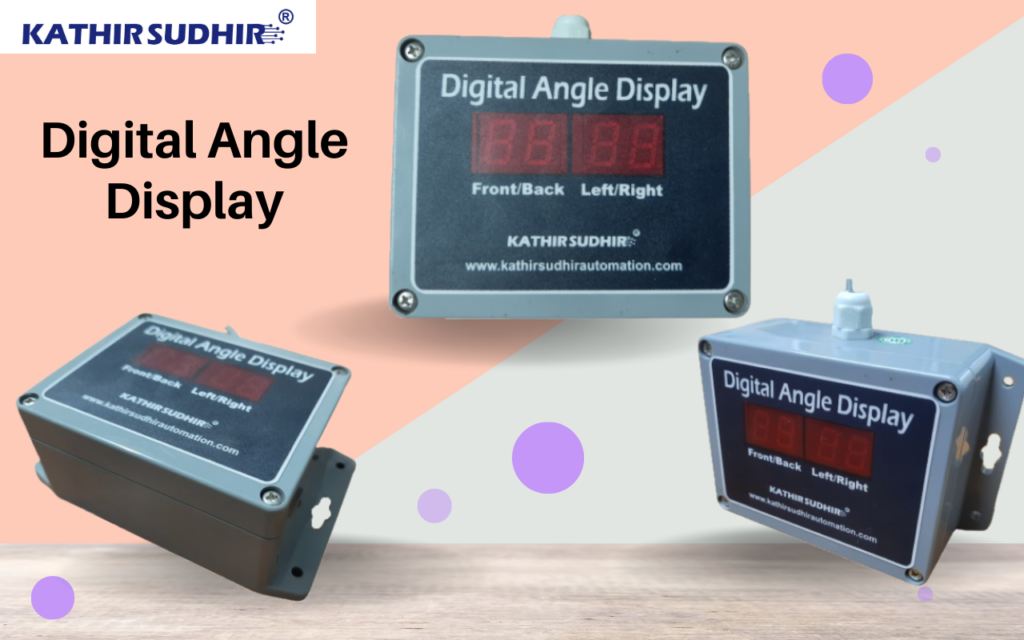In the era of rapid technological advancement, precision and accuracy are more critical than ever in various industrial applications. Digital angle displays have emerged as essential tools, providing unparalleled accuracy and ease of use. Here, we explore the top five uses for digital angle displays in modern industry.

Digital Angle Displays
1. Manufacturing and Production
Digital angle displays are integral in manufacturing processes where precise angle measurements are crucial. In industries like automotive, aerospace, and electronics, ensuring components fit together accurately is essential for product quality and safety. Digital angle displays provide the exact measurements needed to maintain strict tolerances, reducing errors and increasing efficiency on the production line.
Example : In automotive manufacturing, digital angle displays help in aligning parts during assembly, ensuring each component is correctly positioned for optimal performance and safety.
2. Construction and Civil Engineering
In construction and civil engineering, accuracy in measurements can mean the difference between a stable structure and a potential disaster. Digital angle displays are used to measure and verify angles in various applications, from laying out foundations to installing roofing and plumbing systems. These devices ensure that structures are built to precise specifications, enhancing safety and structural integrity.
Example : During the construction of a bridge, engineers use digital angle displays to verify the angles of support beams and ensure they are installed correctly, providing the necessary support for the bridge’s load.
3. Quality Control and Inspection
Quality control is a critical aspect of any production process. Digital angle displays are used in inspection processes to verify that products meet design specifications. These devices provide high-precision measurements, allowing inspectors to detect even minor deviations from the required angles. This ensures that only products meeting the highest standards reach the market.
Example : In the electronics industry, digital angle displays are used to check the angles of circuit boards and components, ensuring they meet the design criteria and function correctly.
4. Metalworking and Fabrication
Metalworking and fabrication require precise measurements to create accurate and functional parts. Digital angle displays are invaluable in these fields, providing the precision needed to cut, bend, and assemble metal components accurately. Whether it’s creating custom metal parts or working on large-scale projects, these devices help maintain the highest levels of accuracy.
Example : In sheet metal fabrication, digital angle displays are used to set the angles for bending operations, ensuring each piece is bent to the correct angle for a perfect fit.
5. Research and Development
In research and development (R&D), precise measurements are crucial for experimentation and prototyping. Digital angle displays enable researchers and developers to measure angles accurately, facilitating the creation of prototypes and the testing of new designs. This precision helps accelerate the R&D process, leading to quicker innovation and product development.
Example : In the development of new medical devices, digital angle displays are used to measure and verify the angles of prototype components, ensuring they meet design specifications and function as intended.
Conclusion
Digital angle displays have become indispensable tools across various industries, providing the precision and accuracy needed for modern industrial applications. From manufacturing and construction to quality control, metalworking, and R&D, these devices enhance efficiency, ensure safety, and drive innovation. As technology continues to advance, the role of digital angle displays in industry will only grow, further highlighting their importance in achieving precise measurements and maintaining high standards.
